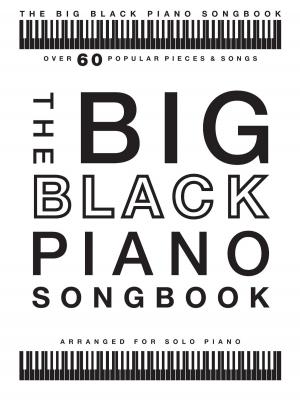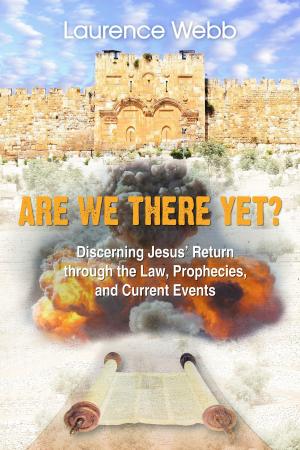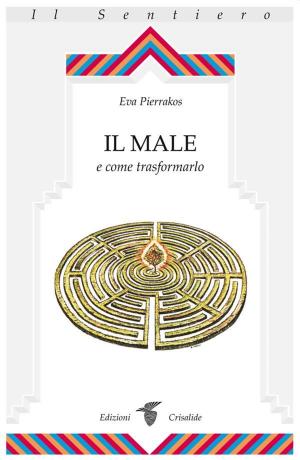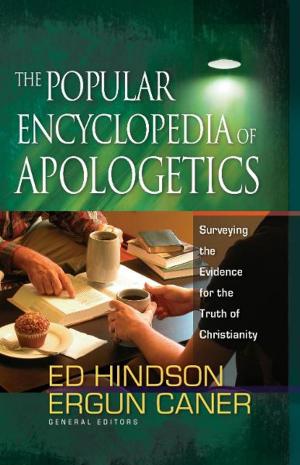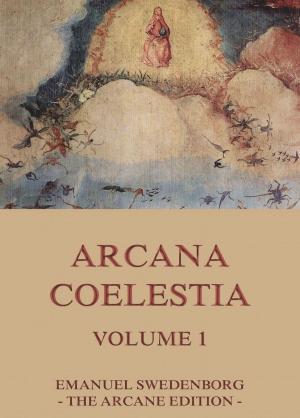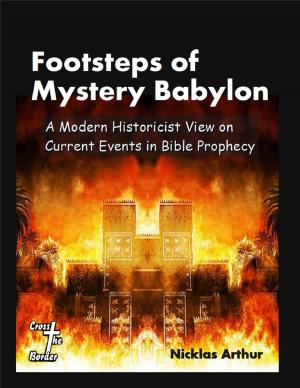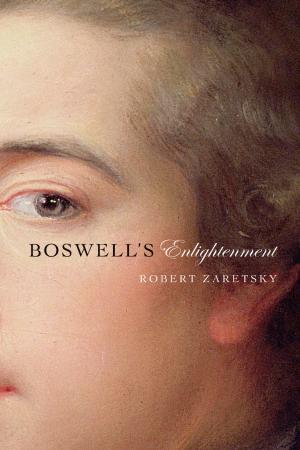God & Apple Pie
Religious Myths and Visions of America
Nonfiction, History, Americas, United States, Religion & Spirituality| Author: | Christopher Buck | ISBN: | 9781891928222 |
| Publisher: | Educator's International Press | Publication: | April 1, 2015 |
| Imprint: | Educator's International Press | Language: | English |
| Author: | Christopher Buck |
| ISBN: | 9781891928222 |
| Publisher: | Educator's International Press |
| Publication: | April 1, 2015 |
| Imprint: | Educator's International Press |
| Language: | English |
With an introduction by J. Gordon Melton (Distinguished Professor of American Religious History, Baylor University), God & Apple Pie: Religious Myths and Visions of America, (revised edition) by Christopher Buck, is about an unusual religious topic: the United States of America.
“America” is, at once, nation and notion, country and creed, republic and rhetoric. This book is about Providence and principle — the relationship of the supernatural world to the world’s superpower. “America” is not in the Bible, nor in the Qur’an. Yet “America” today pulsates with religious significance. “America” is a word that has taken on mythic proportions.
Eleven religions have been selected for their distinctive perspectives on America: (1) Native American religion (Iroquois); (2) Protestant Christianity (the Puritans); (3) the Christian Right; (4) Roman Catholicism; (5) Judaism (Orthodox, Conservative, Reform, and Reconstructionist); (6) The Church of Jesus Christ of Latter-day Saints (the Mormons); (7) Christian Identity (White nationalists); (8) Nation of Islam (Black nationalists); (9) Islam (especially Radical Islamists and Progressive Muslims); (10) Buddhism (Tibetan and Soka Gakkai); and (11) the Baha’i Faith.
Over the course of American history, religious myths and visions of America tend to reflect an ever-changing American civil society, whether as a function of its social evolution or as a catalyst of it. The result is: Religions re-mythologize America. And: Religions re-envision America.
In his Introduction, Professor Melton writes:
"Far from being an interesting additional topic for the religious dilettante, the discussion around the theological reality that is America periodically bursts forth as an important item on the nation’s agenda, from the place of prayer services in the White House, to the issuance of an annual government report on religious persecution, to the rise of contemporary terrorism. . . .
I can, as a scholar, reflect on the contribution that this book, God & Apple Pie: Religious Myths and Visions of America, is making to our understanding of the American mosaic and how various segments of the religious community have found their way to being American. I welcome its information that allows me to empathize with and make informed decisions relative to those with whom I might align (or oppose) as I sally forth in the public square. And on a personal level, I welcome the author’s invitation for me to meet anew the residents of my neighborhood, those who shop in the same stores I do, send their children to the same schools my grandchildren attend, and diligently work toward their own appropriation of the American dream."
God & Apple Pie invites serious reflection on what it means to be an American, particularly from a religious perspective.
With an introduction by J. Gordon Melton (Distinguished Professor of American Religious History, Baylor University), God & Apple Pie: Religious Myths and Visions of America, (revised edition) by Christopher Buck, is about an unusual religious topic: the United States of America.
“America” is, at once, nation and notion, country and creed, republic and rhetoric. This book is about Providence and principle — the relationship of the supernatural world to the world’s superpower. “America” is not in the Bible, nor in the Qur’an. Yet “America” today pulsates with religious significance. “America” is a word that has taken on mythic proportions.
Eleven religions have been selected for their distinctive perspectives on America: (1) Native American religion (Iroquois); (2) Protestant Christianity (the Puritans); (3) the Christian Right; (4) Roman Catholicism; (5) Judaism (Orthodox, Conservative, Reform, and Reconstructionist); (6) The Church of Jesus Christ of Latter-day Saints (the Mormons); (7) Christian Identity (White nationalists); (8) Nation of Islam (Black nationalists); (9) Islam (especially Radical Islamists and Progressive Muslims); (10) Buddhism (Tibetan and Soka Gakkai); and (11) the Baha’i Faith.
Over the course of American history, religious myths and visions of America tend to reflect an ever-changing American civil society, whether as a function of its social evolution or as a catalyst of it. The result is: Religions re-mythologize America. And: Religions re-envision America.
In his Introduction, Professor Melton writes:
"Far from being an interesting additional topic for the religious dilettante, the discussion around the theological reality that is America periodically bursts forth as an important item on the nation’s agenda, from the place of prayer services in the White House, to the issuance of an annual government report on religious persecution, to the rise of contemporary terrorism. . . .
I can, as a scholar, reflect on the contribution that this book, God & Apple Pie: Religious Myths and Visions of America, is making to our understanding of the American mosaic and how various segments of the religious community have found their way to being American. I welcome its information that allows me to empathize with and make informed decisions relative to those with whom I might align (or oppose) as I sally forth in the public square. And on a personal level, I welcome the author’s invitation for me to meet anew the residents of my neighborhood, those who shop in the same stores I do, send their children to the same schools my grandchildren attend, and diligently work toward their own appropriation of the American dream."
God & Apple Pie invites serious reflection on what it means to be an American, particularly from a religious perspective.

